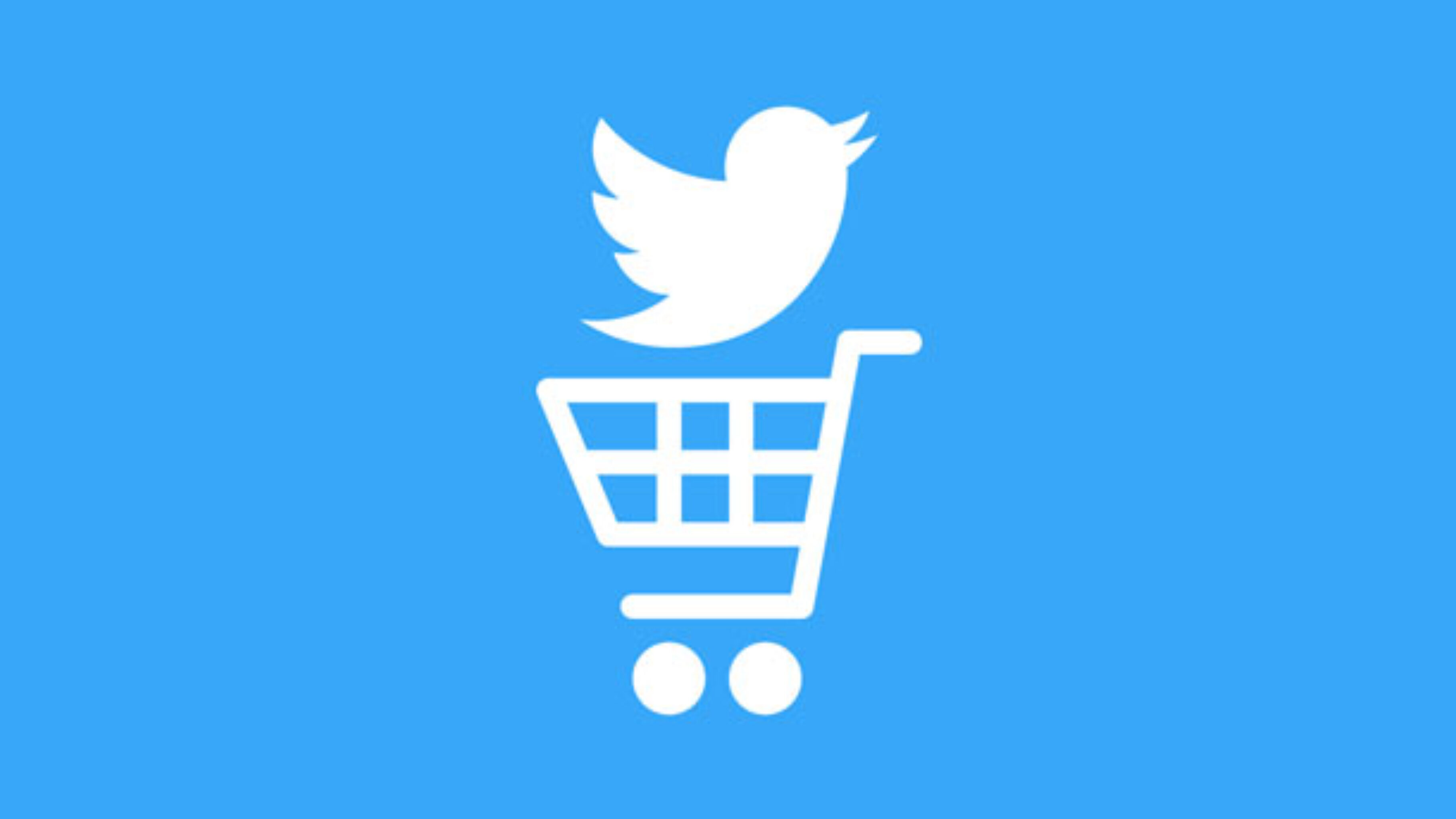The worst kept secret in eCommerce is now out of the bag- Twitter has abandoned product development on its Buy Button, signalling the departure of a 25 person eCommerce team, with other staff members moving into customer service or dynamic product ads.
The idea behind 2014’s Buy Button was simple; Twitter wanted to let users sell goods online via tweets. The product pages, known as “collections”, gave users the ability to display a handful of products that consumers could easily purchase.
The decision by Twitter to refocus its energies on its core product, calls into question the very idea that there is potential in Social eCommerce, as claimed by Facebook and Pinterest, who offered their own eCommerce features in early 2015.
Despite individuals buying readily on mobile, they are still not buying on Social Media. Twitter chiefs have not shelved their buy button plans completely, but the overall perception in the industry seems to be that Social eCommerce needs at least another couple of years before it catches on.
Despite the buy button still being available for now, Twitter said in a statement that it plans to “increase” its investment in eCommerce by “moving fully into dynamic product ads.” This is a much more pragmatic approach to marrying eCommerce and Social Media. This format lets brands push promoted tweets at users based on their previous searches on other websites. This seems to sit more comfortably with users and is proving much more effective. These product ads are in essence retargeting ad products. They lead the customer towards the mobile web and away from making purchases through the Twitter app.
What this move from Buy Buttons to product ads shows in the case of Twitter, is that social platforms can capitalise on their reach and their abilities to capture audience interest, but they can’t generate spontaneous intent. To summarise, Social Media just doesn’t inspire users to shop online directly through its platforms. Unless they are directed elsewhere, consumers just don’t carry out transactions as a direct result of opening up Twitter.
The Buy Button is an extremely hard sell and really no-one other than WeChat has cracked its potential. WeChat’s success may be down to its much more diverse range of users, 70% of whom are Chinese. WePay, its sister company is linked to many of the bank accounts in China, making transactions safer and cheaper, plus browsing on WeChat is an almost identical experience to using its mobile stores, in terms of layout and functionality.
By scrutinising WePay, we can learn a lot with regards to the Twitter buy button failure.
Twitter’s user base which is only 23% adult, isn’t big enough to succeed in eCommerce. A large number of children without access to credit cards is not a salient market to be trading with. Also, the credit card options on Twitter need to be more secure and trusted for success to flourish, like on WeChat who have made payment optional through an already well established popular payment gate. It must also be said that Twitter had a difficult job in gaining momentum with embedded eCommerce, due to its payment partnership structure. Sending structured data to Twitter isn’t a simple task, so eCommerce merchants had to work with their own platform partners such as Shopify, to do so. It’s extra work for brands and quite rightly not going to be popular.
WeChats success means that Twitter’s potential buy button success, may be less about changing the eCommerce mindset and more about making structural changes.
With such little evidence of success stories it’s no surprise that Twitter shelved its buy button. The wrong audience, payment incompatibilities and a feeling that users for whatever reason are just not inspired to buy via Social Media platforms, has contributed to its discontinuation. The likes of Facebook and Pinterest are unlikely to see success with their similar models, consumers have not made that transition from mobile to Social Media buying in their collective consciences.








